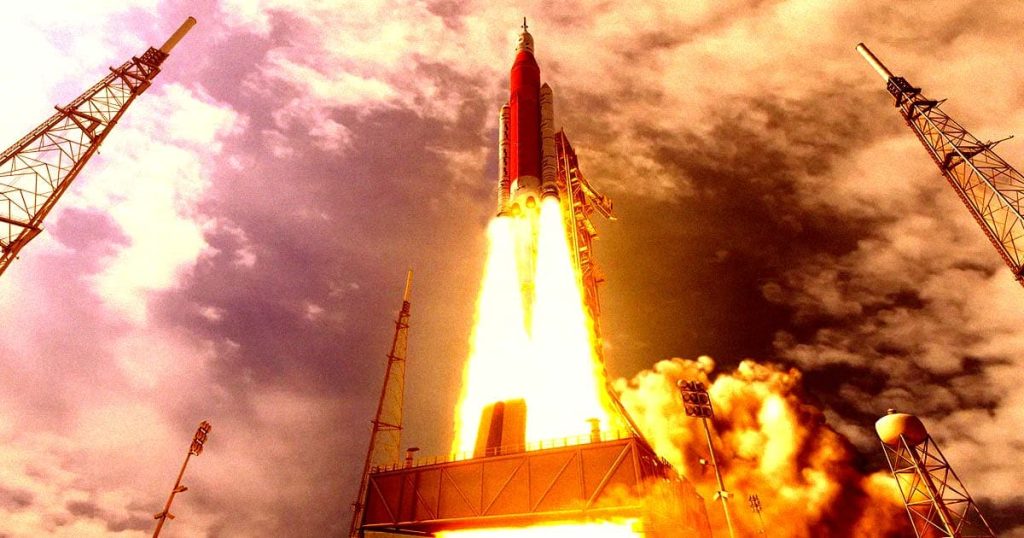
It Sounds Like NASA’s Moon Rocket Might Be Getting Canceled (Image Credit: futurism-com)
According to Ars Technica senior space reporter Eric Berger’s insider sources, there’s an “at least 50-50” chance that the rocket “will be canceled.”
“Not Block 1B. Not Block 2,” he added, referring to the variant that was used during NASA’s uncrewed Artemis I test flight in 2022 and a more powerful design with a much higher translunar injection payload capacity, respectively. “All of it.”
To be clear, as Berger himself points out, we’re still far “from anything being settled.” Nonetheless, the reporter’s sources have historically been highly reliable, suggesting the space agency may indeed be getting cold feet about continuing to pour billions of dollars into the non-reusable rocket.
The SLS has already seen its fair share of budget overruns and many years of delays. In a 2022 interview, former NASA deputy administrator Lori Garver told Futurism that the project is simply “not sustainable.”
The rocket platform has become a political football, going well past $6 billion over budget and over half a decade behind schedule.
“I will be direct,” former NASA administrator Michael Griffin told the House Space and Aeronautics Subcommittee during a January hearing on the space agency’s Artemis program, as quoted by Ars Technica. “In my judgment, the Artemis Program is excessively complex, unrealistically priced, compromises crew safety, poses very high mission risk of completion, and is highly unlikely to be completed in a timely manner even if successful.”
So far, the rocket has been launched only once, as part of NASA’s inaugural Artemis mission in 2022, but damage sustained by the agency’s Orion spacecraft has given officials pause about its ability to safely send astronauts to the Moon in the coming years.
According to an August report by NASA’s Office of Inspector General (OIG), even just the price of the tower designed to launch rockets starting with Artemis IV, which is tentatively scheduled for 2028, has ballooned to a whopping $1.8 billion.
Plagued aerospace giant Boeing has also encountered plenty of headwinds with its contributions to the launch platform. In a separate September report by the OIG, the SLS’ Block 1B configuration, which is being built by Boeing, was found to be woefully behind and way over budget.
“We found an array of issues that could hinder SLS Block 1B’s readiness for Artemis IV including Boeing’s inadequate quality management system, escalating costs and schedules, and inadequate visibility into the Block 1B’s projected costs,” the report reads.
To reiterate, the SLS is a non-reusable rocket, which means that NASA will have to build entirely new rocket stages for each upcoming Artemis mission. That’s in stark contrast to SpaceX’s fully reusable Starship, which the space agency is still hoping to tap for Artemis III, the first crewed trip to the Moon’s surface.
If NASA does indeed give up on the SLS, Berger suggests that the agency may have to get creative by “launching Orion on one rocket” such as SpaceX’s Falcon Heavy, and then “docking with a (separately launched) [United Launch Alliance] Centaur V and boosting it to the Moon.”
Whether such a Plan B is even on the table, though, is unclear at best.
“Honestly the people who will ultimately make this decision aren’t even in place yet,” Berger wrote in a followup tweet, likely referring to the incoming Trump administration. “But there is a big desire for big changes.”
More on the SLS: NASA Keeping Issue With Moon Rocket a Secret





